
It’s still the winter holiday season, which means we’re seeing plenty of advertisements and depictions of Santa Claus all around us. There are endless variations of this character throughout the world, but, for the most part, he’s a jolly man donned in red and white.
In French-Canadian culture, a version of Santa named Père Noël emerged after World War I as Christmas became more commercialized in Québec. Prior to Père Noël, Christmas among French-Canadians was a quiet, solemn day to recognize the birth of Christ. The Baby Jesus was even the one who brought children their gifts!
This isn’t the first time I’ve researched French-Canadian winter holiday traditions, as seen in my presentation about its folklore and role in Franco-American culture. However, as I thought about holidays like Le Réveillon, La Fête des Rois, and the primary role New Year’s Eve used to have in our culture, I wondered if we could ever fully revive these customs.
While discussing this topic with friends, we determined that Santa Claus with a ceinture flechée would be an interesting getup. So, here’s what I’ve come up to makeover Saint Nick as the French-Canadian gift-giver, Père Noël.
I think his look would be inspired by what les voyageurs wore, as I’ve done before with my winter clothing. Something like the drawing below with the white capote and red ceinture flechée (or invert the colors). Perhaps the woman in this depiction of early French-Canadian winter clothing can be an example of what a French-Canadian Mrs. Claus would wear.
Let’s discuss!

Père Noël’s Costume Makeover
There are many iconic Santa Claus looks from different cultures, but we’ll focus on the Westernized Santa Claus. His iconic red hat, coat, and pants with fuzzy white trim are recognizable pretty much everywhere.
But how can we make this a Père Noël twist? Well, French-Canadians already have a bright red winter hat, the tuque! This knitted hat, often with a tassel hanging over the head, is a must-have for Père Noël’s headwear.
Next up, he needs a warm coat to get him through Christmas Eve as he’s delivering presents. What else would a French-Canadian Santa Claus need other than a capote? The long “blanket coat” worn by les voyageurs, Métis, and Indigenous people of Canada alike swore by this coat to keep them warm as they trekked the freezing north.
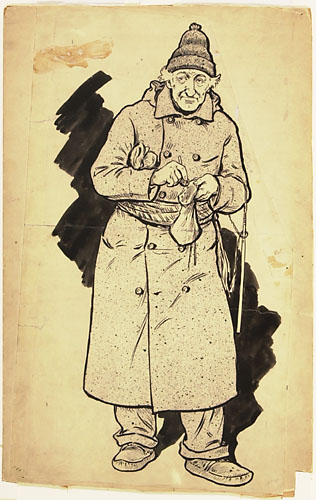
Capotes were typically neutral in color and often had a thick stripe or stripes of different sizes on the bottom of the coat. Especially if it’s the Hudson’s Bay Company’s recognizable red, green, yellow, and dark blue stripes.
I’d say we could either put Père Noël in a classic HBC capote or make the coat red and the stripes white as a callback to Santa’s trim on the bottom of his coat. I love the unique look of the HBC colors, but he would probably be more recognizable as a “Santa” if we made the red more prominent like the red capotes in the photo below.
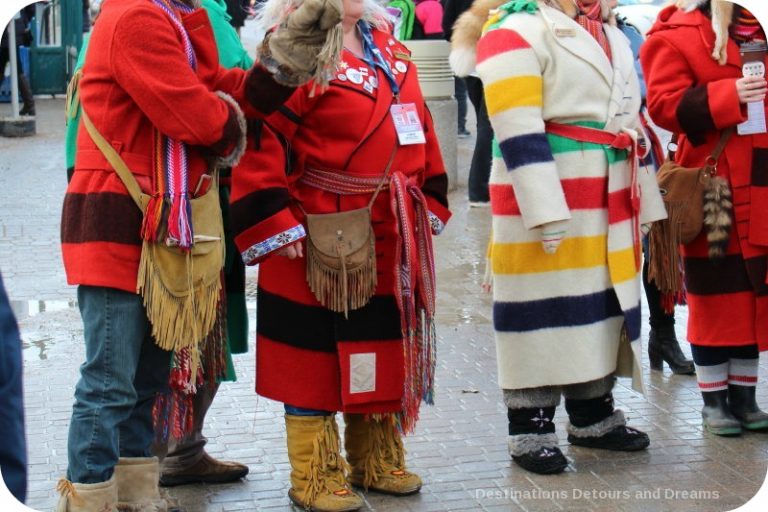
If you feel differently, comment below with the capote color you think is more fitting for Père Noël!
Santa Claus tops off his look with a belt to keep his coat closed, so our Père Noël obviously requires another piece of shared cultural clothing 𑁋 the ceinture flechée. The beautiful artistry of this woven belt needs at least two colors for the arrowhead pattern to become visible.
Let’s go with the classic ceinture flechée with red as its main color and strands of blue, green, yellow, and white. To finish off the look, let’s give Père Noël a pair of fur boots fit for a French-Canadian voyageur.
How Does Père Noël Travel?
Santa Claus travels by sleigh led by a team of reindeer, but how would Père Noël travel to deliver gifts on Christmas Eve?
Because our Père Noël’s costume is voyageur-inspired, let’s consider the ways these fur trappers and woodsmen traveled. We often see depictions of them traveling by sled, snowshoe, or canoe, depending on the environment. In old photos of French-Canadian snowshoe teams, we see them donned in the winter wear fit for a late-night journey.
So, I could imagine Père Noël using these travel options! When I was growing up, I remember one of the ornaments on my family’s Christmas tree was Santa Claus in a canoe. Now that I know of La Chasse-galerie, The Flying Canoe, I think this ornament is a nice coincidental connection for a French-Canadian or Franco-American Christmas tree.
In this old postcard, it’s almost like this Santa also has a ceinture flechée!
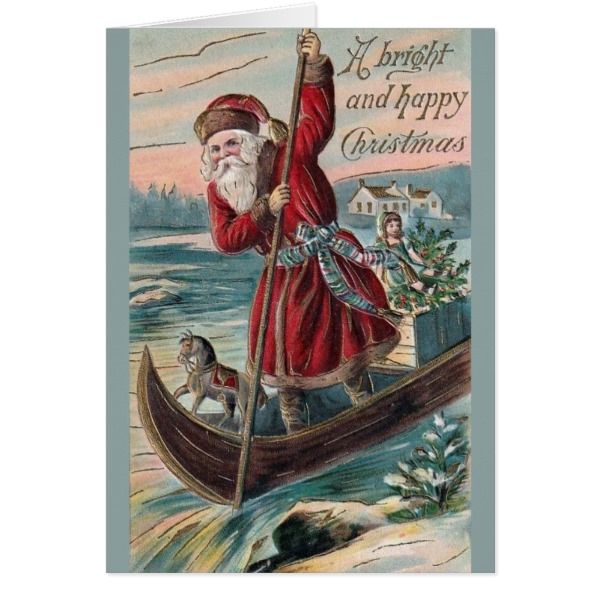
What Else Is Uniquely French-Canadian about Père Noël?
Every version of Santa Claus around the world has their unique way of standing out as part of their culture. So, what else can set French-Canadian Père Noël apart?
Here are two Christmas traditions Franco-Americans could bring back (if they don’t do these already):
In Québec and Acadia, children would leave their shoes by the fireplace for the Baby Jesus to bring them toys. Later on, this job was given to Santa Claus as commercialization of the holidays became commonplace. Children in Québec often had Christmas stockings at the foot of their beds, but this tradition slowly went out of style when gifts were placed under the tree.
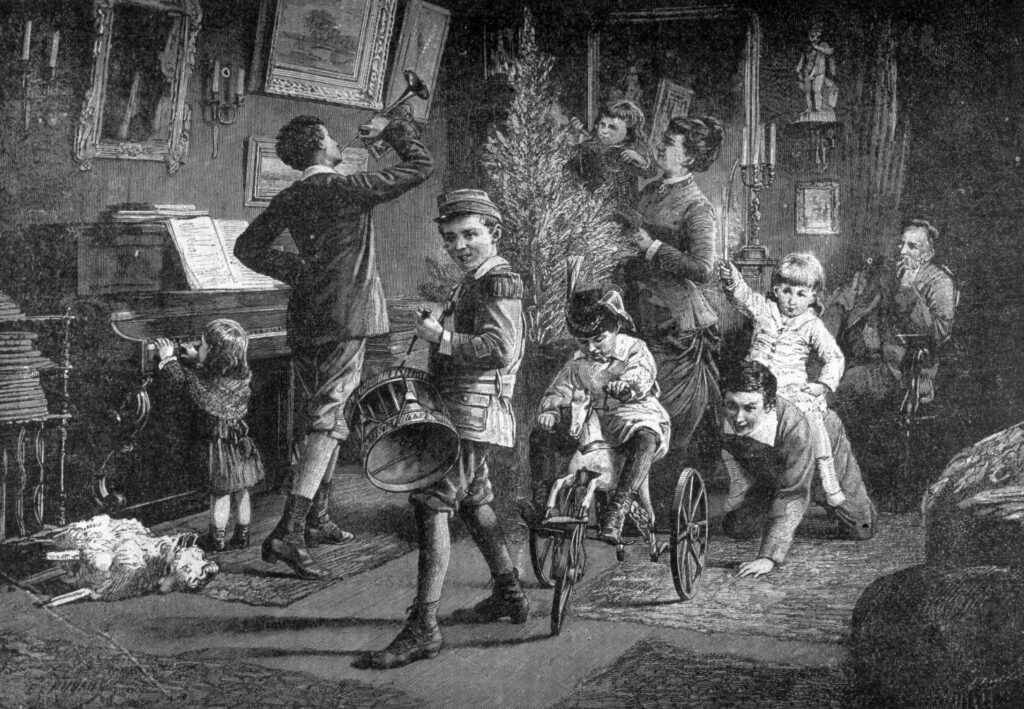
Going along with these traditions, we can have Père Noël bring gifts when children leave their boots, shoes, or slippers near the fireplace, front door, or windows. Once he delivers gifts, Père Noël can take inspiration from the family blessing on New Year’s Eve and wish the household well for a Merry Christmas.
What other French-Canadian Christmas and winter holiday traditions can we use for inspiration today? Share your thoughts and ideas!
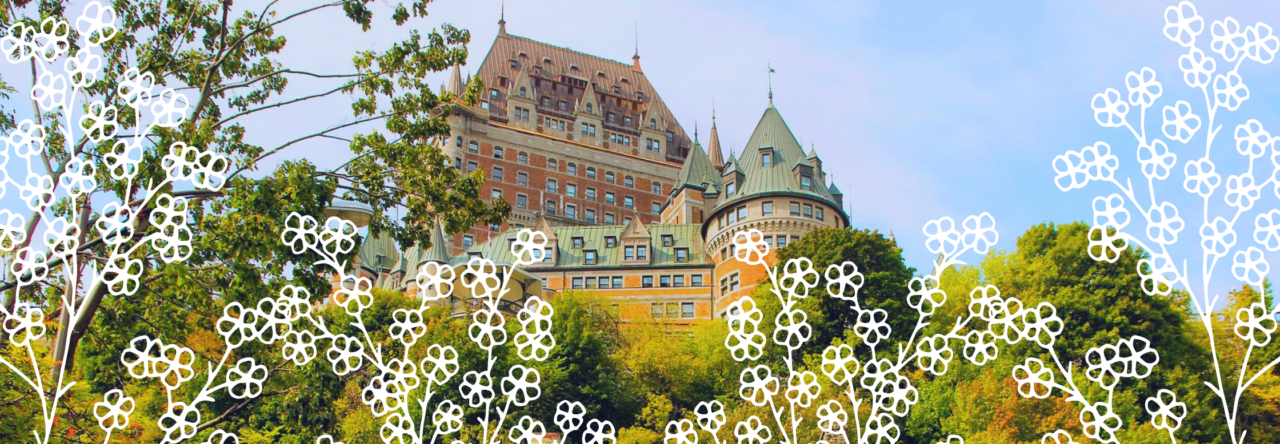
Leave a Reply